47 strategic materials projects are located in 13 European Union member states. (Photo: EU)
In a statement, the EC emphasized that the 47 projects are located in 13 European Union (EU) member countries including Belgium, France, Italy, Germany, Spain, Estonia, Czech Republic, Greece, Sweden, Finland, Portugal, Poland and Romania.
These projects involve mining, refining, recycling, or a combination of these activities.
The list of 47 projects involves base metals including aluminum, copper and nickel, along with key materials for battery production such as lithium and rare earth elements used in permanent magnets for wind turbines or in electric vehicles.
The list is part of the implementation of the Critical Raw Materials Act that was passed in 2023.
Under that law, the EU aims to source 10% of the bloc's raw material needs by 2030, while the rates for refining and recycling are 40% and 25% respectively.
In the coming time, the EC will publish a list of projects related to the remaining three important materials, including projects outside the EU.
The moves come as the 27-nation bloc seeks to avoid any overreliance on foreign supplies of metals following the shock of losing cheap Russian gas and supply chain problems during the COVID-19 pandemic.
The EC is also promoting joint purchases of raw materials to solve the bloc's supply problem.
On the same day, according to a reporter in Brussels, the EC also announced strong measures to strengthen protection for the EU steel industry against the sudden increase in steel imports.
Specifically, the EC decided to significantly reduce the liberalization rate of steel imports from 1% to only 0.1%, in order to limit the amount of steel that can be imported into the EU without being subject to tax.
In addition, EU member states will no longer be allowed to use surplus steel import quotas from other countries, including Russia and Belarus.
The mechanism of “carrying over” unused quotas to the next quarter has also been eliminated for steel products that are under high import pressure and have low consumption.
Most of these policies will be applied from April 1. However, the two measures to slow down the pace of liberalization and eliminate the quota transition mechanism will not take effect until July 1 this year.
The implementation period of these protections lasts until June 30, 2026.
The EC representative said the above measures will create the necessary space for EU steel companies to increase production, regain lost market share and promote investment in green steel production.
The move follows a review requested by 13 EU member states, which found the bloc's steel industry is deteriorating as it faces challenges including global overcapacity, pressure from rising steel imports, falling market demand and increasing trade barriers in major markets such as the US.
The EC first introduced safeguard measures for the steel industry in 2019 to prevent economic damage to EU steel producers caused by trade diversion and increased imports.
Since then, the EC has conducted several reviews to adjust these measures in line with market developments./.
According to VNA
Source: https://baothanhhoa.vn/eu-cong-bo-danh-sach-47-du-an-vat-lieu-chien-luoc-243542.htm


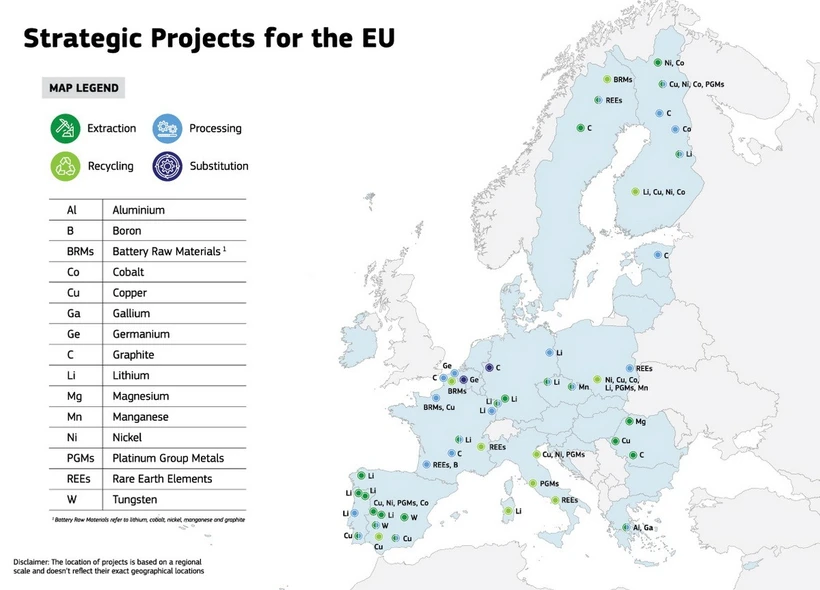



![[Photo] Relatives of victims of the earthquake in Myanmar were moved and grateful to the rescue team of the Vietnamese Ministry of National Defense.](https://vstatic.vietnam.vn/vietnam/resource/IMAGE/2025/4/2/aa6a37e9b59543dfb0ddc7f44162a7a7)
![[Photo] Third meeting of the Organizing Subcommittee serving the 14th National Party Congress](https://vstatic.vietnam.vn/vietnam/resource/IMAGE/2025/4/2/3f342a185e714df58aad8c0fc08e4af2)


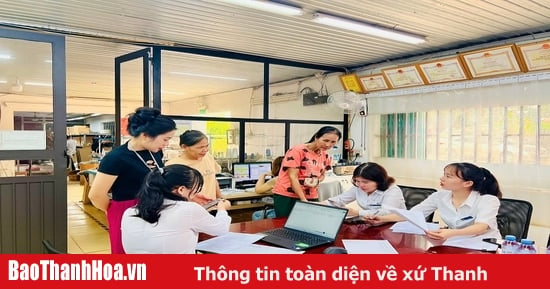


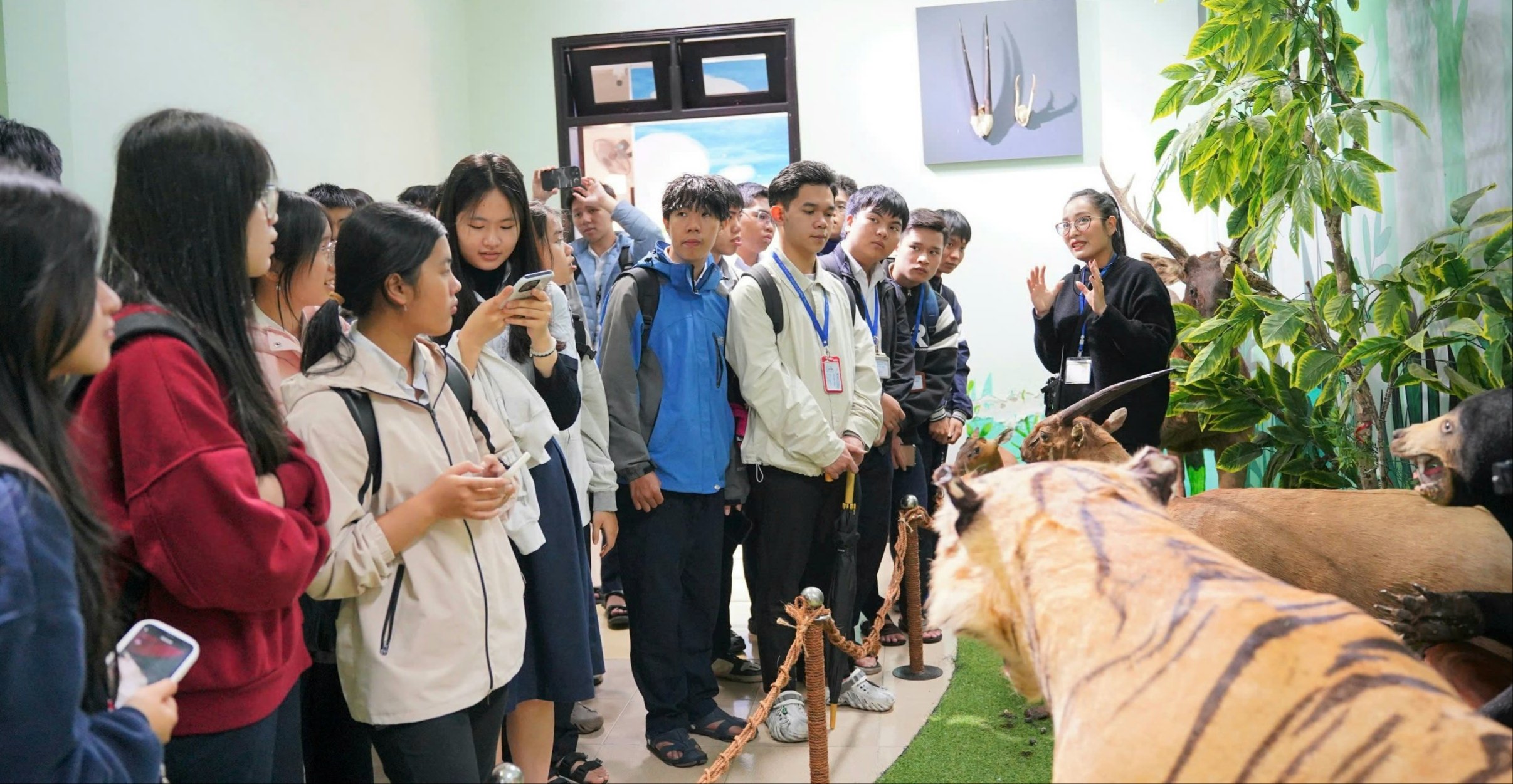





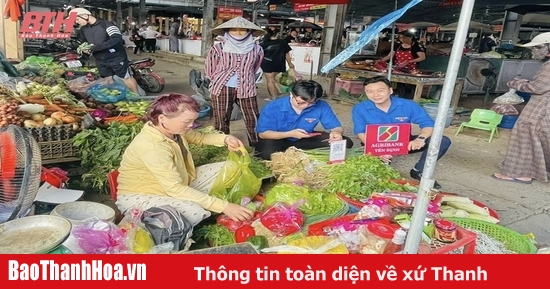
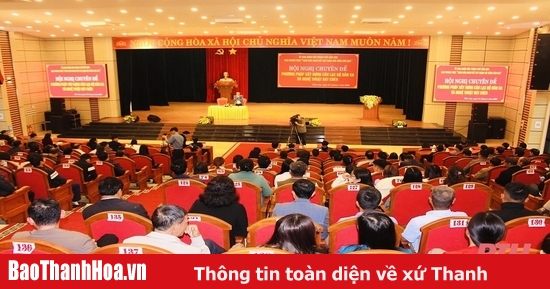

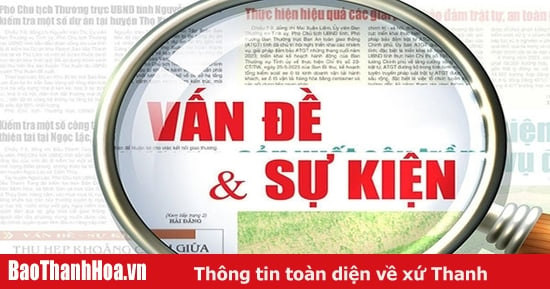
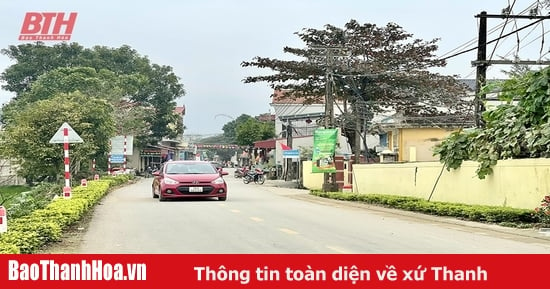





































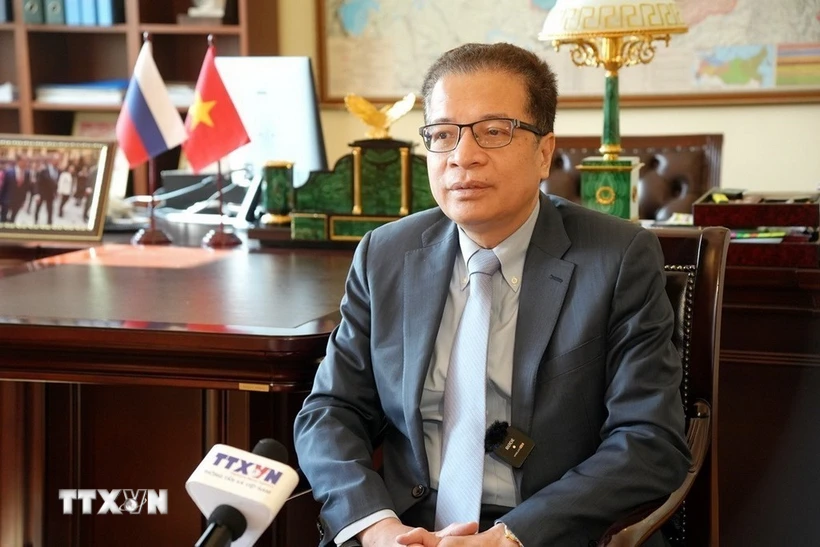





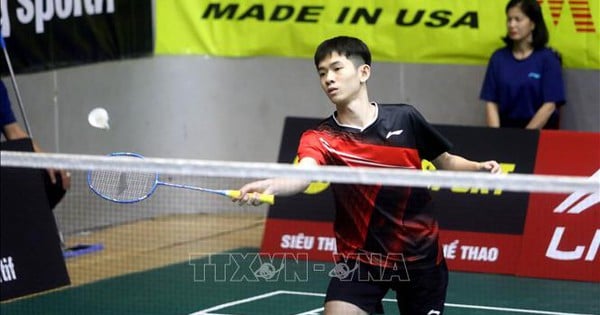

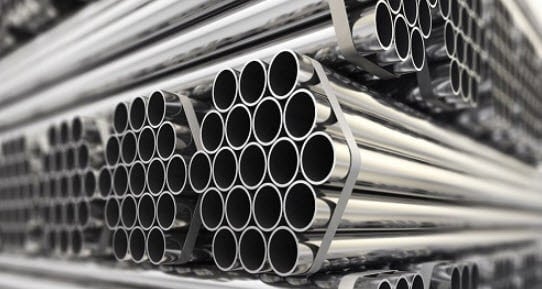





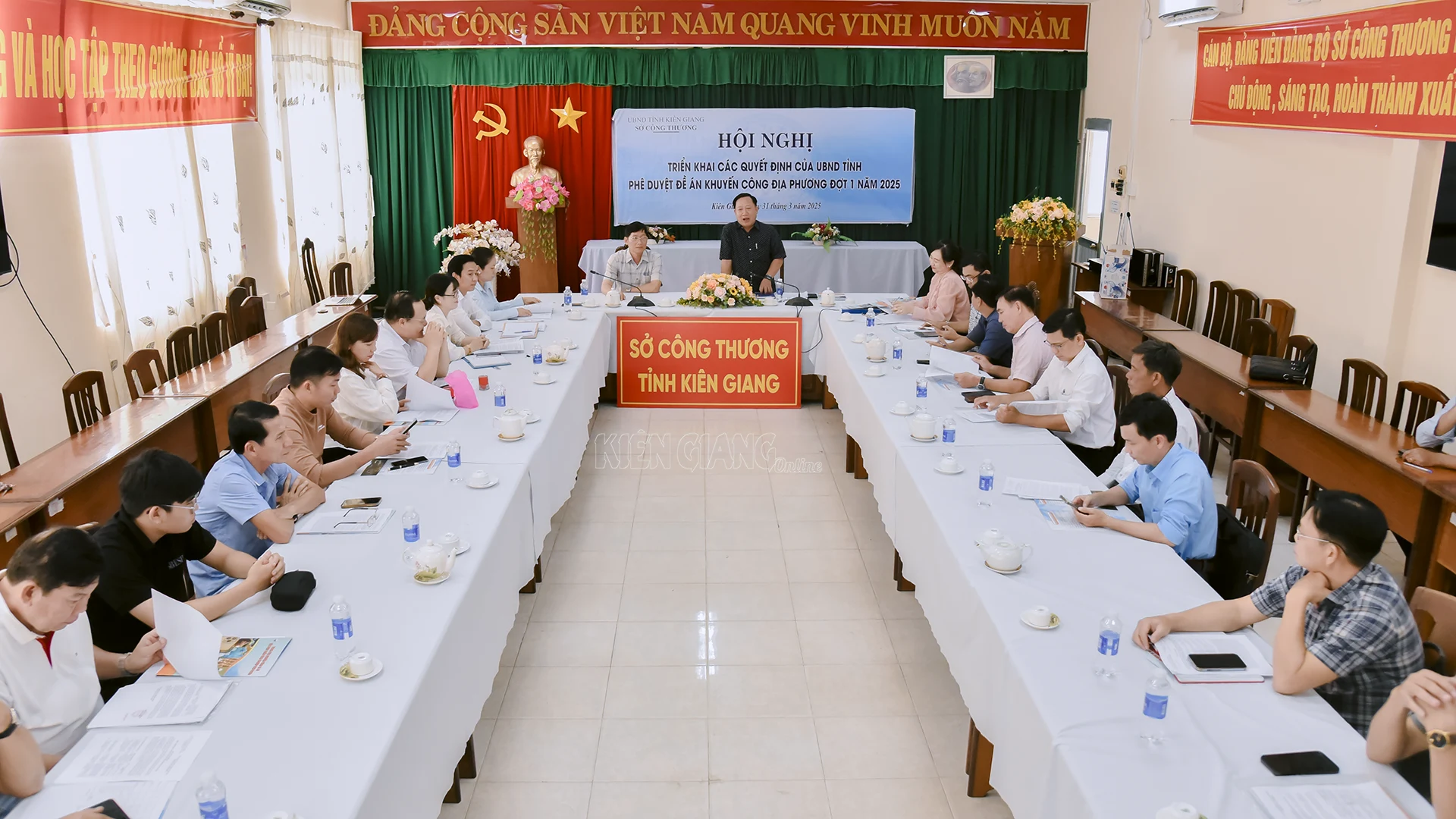
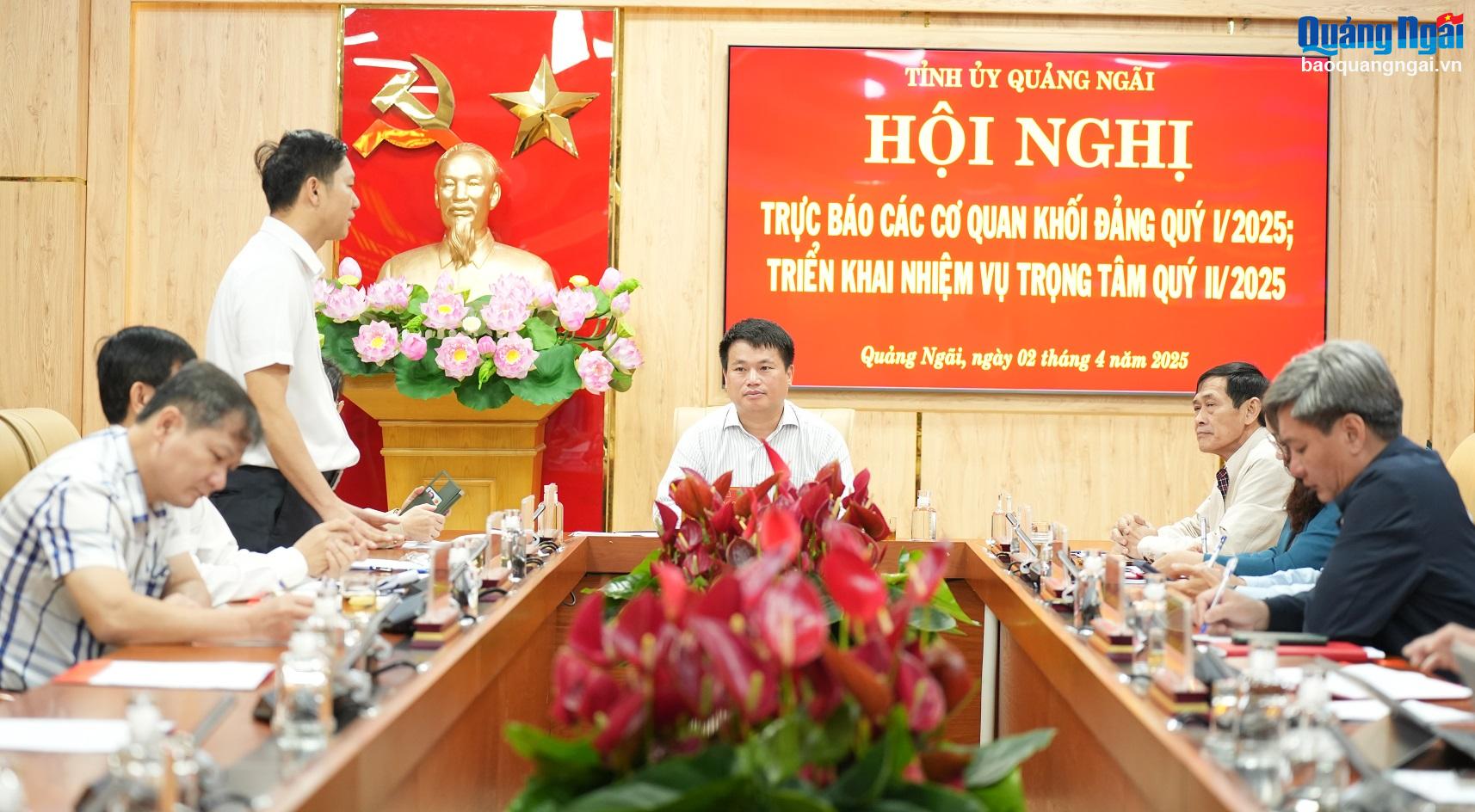
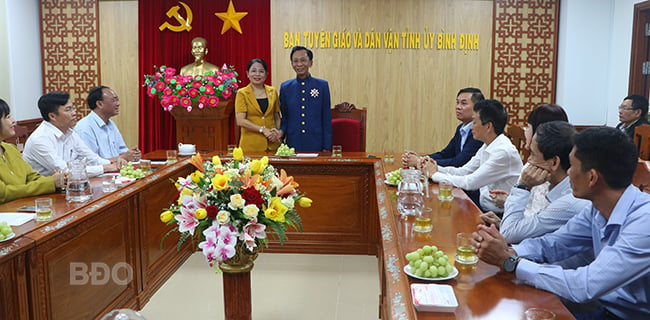
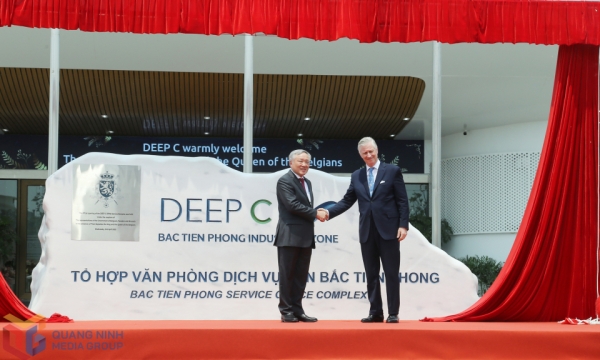












Comment (0)